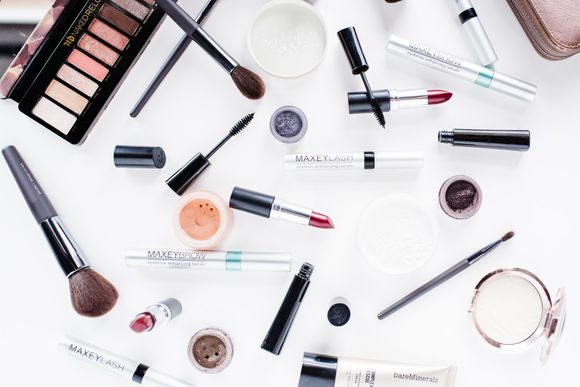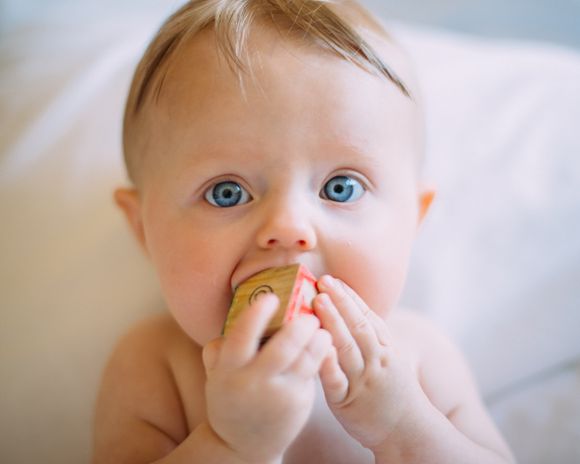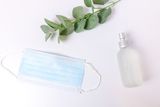Author: Rositsa Tashkova, Master of Molecular Biology and Microbiology
Plastic is a constant companion in our lives - both a helpful friend and a mortal enemy. You will find it very difficult to live plastic-free in the modern world, even if you really want it. It is everywhere, even in our food, where it gets through plastic containers, utensils and packaging, not to mention the microplastic, which seems to be already found in every part of the world and every organism.
In April 2021, a group of scientists called for one of the commonly used ingredients of plastic products - phthalates (and especially ortho-phthalates) to be banned [ref.1].
Phthalates are used to make plastic more flexible and hard to break. But there is alarming evidence that they have a significant negative impact on the nervous development of babies even as early as when the baby is still in the mother's womb. Later, the child is again surrounded by phthalates - in plastic toys, furniture, even packaged food and utensils.
Where are phthalates hiding
Phthalates are found in almost everything: food packaging, clothing, detergents, furniture, vinyl flooring, lubricants and adhesives, bath curtains, plastic car parts, rain and stainresistant products. Unfortunately, they are also found in cosmetics, including shampoo, soap, hairspray and nail polish.
Phthalates have the property of making fragrances durable, which is a desirable quality of cosmetic and detergents. Therefore, on the label they can be hidden simply under the name "fragrance".

Due to the widespread application of phthalates in cosmetics, women are subjected to much greater exposure to them, and given the role of a woman in carrying and breastfeeding the baby, as well as the passage of phthalates from the maternal organism into the fetus, the situation is very alarming.
Packaging of certain food products are among the main sources of di-2-ethylhexyl phthalate (DEHP), as an example of foods that may be contaminated with it are dairy and fatty products and takeaway food.
Phthalates can even be found in children's toys, in building materials and furniture, in PVC pipes, garden hoses - everywhere.
It is therefore extremely difficult to avoid them ourselves and regulatory intervention is needed to prohibit their use.
Phthalates can negatively affect children's brain development
More than 30 studies on the impact of phthalates on the development of the baby in the womb have been conducted until 2019. In this year's report and a call to ban phthalates, scientists found the strongest links between phthalate exposure and:
- Hyperactivity,
- Aggression
- Disobedience,
- Emotional reactivity,
- Criminal behaviour,
- Hyperactivity and attention deficit disorder (ADHD).
The risk seems to be especially high during the intrautere development of the fetus. To assess the rate of fetal phthalate exposure, the scientists examined its levels in the mother's urine. According to one study, the risk of ADHD in children whose mothers had the highest levels of phthalates in the urine in the second trimester was three times higher than the rest.
It is not entirely clear exactly at what point in development exposure to phthalates is most dangerous, which requires protection all the time.

Phthalates for which harmful effects on the baby's nervous system have been found are:
- di-2-ethylhexyl phthalate (DEHP),
- dibutyl phthalates (DBPs),
- diethyl phthalate (DEP),
- butylbenzyl phthalate (BBzP).
A systematic review of human studies concludes that prenatal exposure (before birth) of DEHP, DBPs, DEP and BBzP adversely affects cognitive and psychomotor development, internalization and extermination of behavior, attention problems, gender-related game behavior, social response and visual-spatial abilities of children. [ref.2]
Not only phthalates are problematic, but also their metabolites, that is, the substances that form in our body when they are broken down.
Other damage that phthalates do
Various studies link phthalates to childhood obesity, asthma, cardiovascular problems, cancer and reproductive problems, for example, cryptohorism, that is, testicles that do not descend from the abdominal cavity in boys and low sperm count and testosterone levels in men.
The increasing number of studies discovering the negative role of phthalates on the neurological development of the fetus in the womb, babies and young children requires special attention to be paid to this problem by regulators worldwide. What parents can do is to try and minimize their exposure to phthalates, being careful when choosing the cosmetics used by the mother and, if possible, avoid plastic food packaging and other potential sources of these substances.









